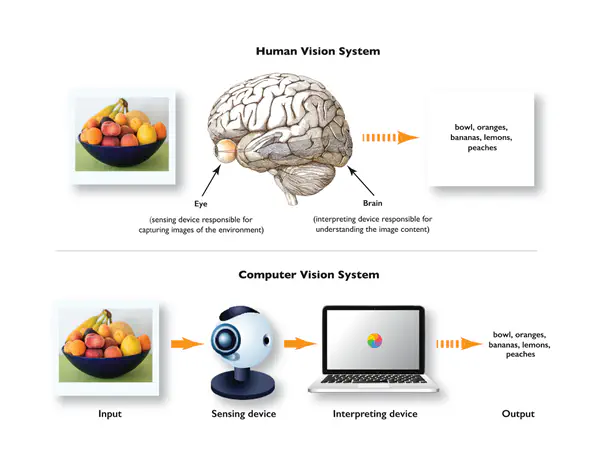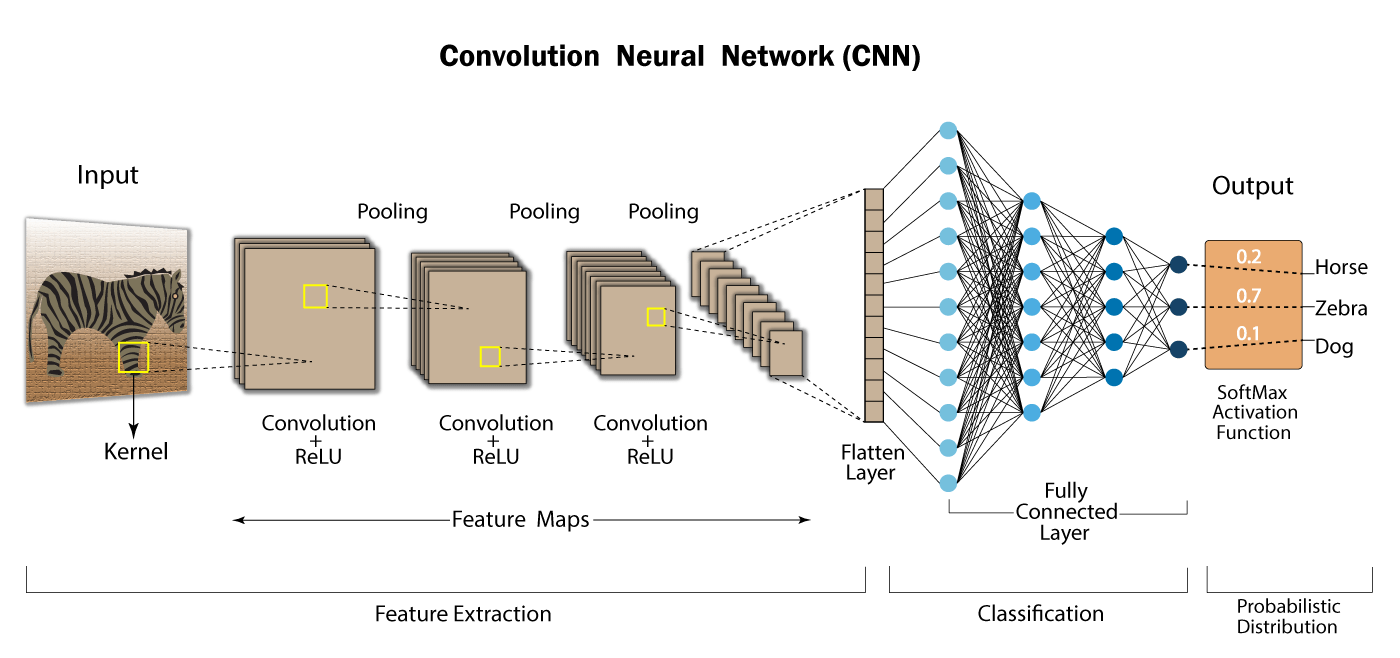
Computer vision is the field of study that deals with how computers can interpret and understand visual information from the world. It is a broad and rapidly evolving field with a rich history that spans over 60 years. As we move forward into the future of tech and innovations we see a steady increasing graph of use of computer vision in multiple fields.
The Early Days (1960s-1970s)
The early days of computer vision were characterized by a focus on fundamental problems such as edge detection, feature extraction, and pattern recognition. Researchers were inspired by the human visual system and sought to develop algorithms that could mimic the way humans perceive and understand images.
One of the first major breakthroughs in computer vision was the development of the Hough transform in 1962. The Hough transform is a technique for detecting lines and circles in images, and it is still widely used today.
Another important breakthrough came in the 1970s with the development of the Marr-Hildreth edge detection algorithm. This algorithm is based on the idea that edges in images correspond to changes in intensity.
The Rise of Neural Networks (1980s-1990s)
The 1980s and 1990s saw the rise of neural networks as a powerful tool for computer vision. Neural networks are inspired by the structure of the human brain, and they are able to learn complex patterns from data.
One of the first successful applications of neural networks to computer vision was the Neocognitron, developed by Kunihiko Fukushima in 1982. The Neocognitron was able to recognize handwritten characters, and it was a major milestone in the field of pattern recognition.
Another important development in the 1980s was the Viola-Jones face detection algorithm. This algorithm is still widely used today for face detection in images and videos.

The Deep Learning Revolution (2000s-Present)
The 2000s saw a revolution in computer vision with the advent of deep learning. Deep learning is a type of machine learning that uses artificial neural networks with multiple layers.
Deep learning has enabled computers to achieve state-of-the-art performance in a wide range of computer vision tasks, such as image classification, object detection, and image segmentation.
One of the most important breakthroughs in deep learning was the development of convolutional neural networks (CNNs) in 1998. CNNs are a type of artificial neural network that is specifically designed for image processing.
CNNs have been used to achieve state-of-the-art performance on many computer vision tasks, and they are now the dominant approach to deep learning for computer vision.

The Future of Computer Vision
Computer vision is a rapidly evolving field, and the future is full of possibilities. Some of the key areas of research in computer vision include:
Developing new algorithms for deep learning :
Applying computer vision to new domains, such as healthcare, finance, and security Making computer vision more robust to noise and variations in lighting and image quality Computer vision is a powerful tool that has the potential to revolutionize many aspects of our lives. As research continues to advance, we can expect to see even more amazing applications of computer vision in the years to come.
Conclusion 🏁
Computer vision has come a long way since its early days, and it is now a powerful tool that is being used in a wide variety of applications. As research continues to advance, we can expect to see even more amazing applications of computer vision in the years to come.